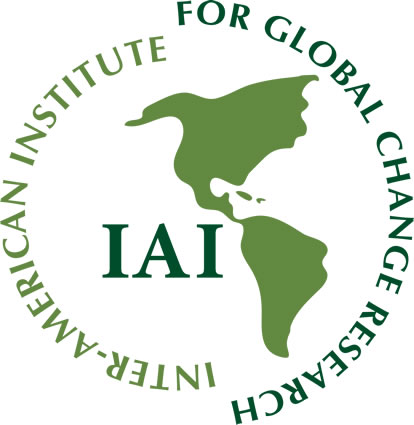|
|
CRN-II-050 deals with hurricane hazards in the Caribbean region. Hurricane climate is an important
scientific subject in global change research, and it is also a topic of enormous societal relevance,
specially to stakeholders in the region. The Caribbean is one of the most hurricane-prone regions
in the world. This project aims to study the spatial and temporal variability of Caribbean hurricane
activity across multiple timescales from the interannual to the millennial by employing the principles
and methods of paleotempestology, a young but burgeoning scientific field that studies past tropical
cyclone activity by means of geological and archival techniques. Paleotempestology can provide a
long-term perspective that is vital for understanding the climate mechanisms affecting hurricane
activity and for predicting the future.
The 13 scientists involved in this CRN will advance the research frontiers in paleotempestology
by employing for the first time a multi-proxi approach in paleohurricane reconstruction.
Their research methodology will involve not only relatively well established techniques such
as high-resolution stratigraphic studies of coastal sediments from backbarrier lakes, swamps
and atoll lagoons, but also new and promising proxies and archives such as oxigen isotope (O-18) -
based records from coral skeletons, speleothems and tree rings. These 13 co-PIs, who come from ten
institutions in four countries (U.S.A., Mexico, Costa Rica, Canada), will apply this multi-proxy approach
to a large number of sites across the entire Caribbean region.
They will use these proxy records to reconstruct the basin-wide patterns of Caribbean hurricane
activity at various timescales, which will be statistically analyzed in relation to other large-scale
climatic phenomena, such El Nino-Southern Oscillation (ENSO), North Atlantic Oscillation (NAO),
Pacific Decadal Oscillation (PDO), and Atlantic Multidecadal Oscillation (AMO).
The capstone objective of this project is to integrate findings from paleotempestology with
data and concepts from the social sciences. Using a geographic information systems (GIS) approach,
this project will develop an interactive model that links hurricane risks to potential loss of life,
economic damage, and post-hurricane environmental and health hazards in the Caribbean region.
The results, to be made available to decision makers and public, will be useful for an accurate
assesment of hurricane risks and for reducing the vulnerability of this region.
|



